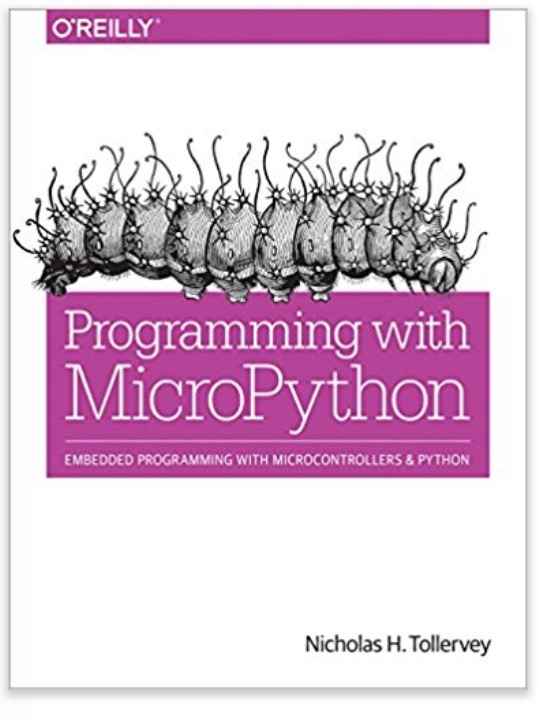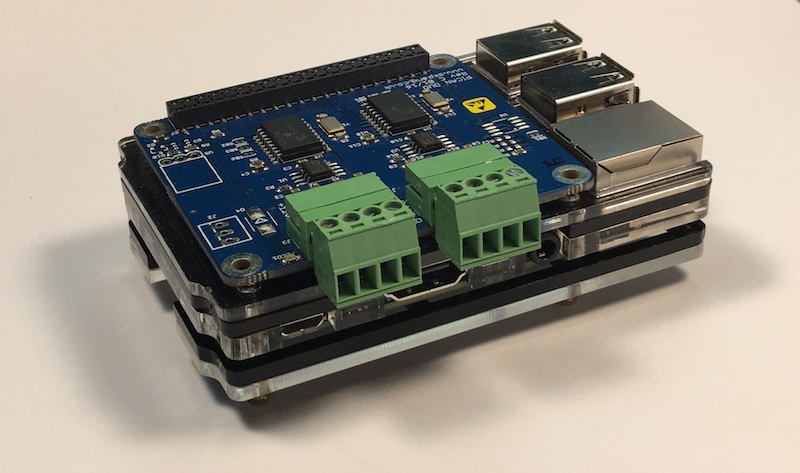Recent Posts
MicroPython - Embedded IoT Programming with Microcontrollers and Python
Posted by on
MicroPython is an implementation of the Python 3 programming language that also includes a small subset of the Python standard libraries. MicroPython has been specifically designed for use with microcontrollers such as the ESP8266 and other small development boards.
It is an exciting time to get involved with MicroPython for programming microcontrollers and embedded systems. This practical guide delivers the knowledge you need to roll up your sleeves and create exceptional embedded projects with this lean and efficient programming language. If you are familiar with Python as a programmer, educator, or maker, you are ready to learn—and have fun along the way.
Author Nicholas Tollervey takes you on a journey from first steps to advanced projects. You will explore the types of devices that run MicroPython, and examine how the language uses and interacts with hardware to process input, connect to the outside world, communicate wirelessly, make sounds and music, and drive robotics projects.
- Work with MicroPython on four typical devices: PyBoard, the micro:bit, Adafruit’s Circuit Playground Express, and ESP8266/ESP32 boards
- Explore a framework that helps you generate, evaluate, and evolve embedded projects that solve real problems
- Dive into practical MicroPython examples such as visual feedback, input and sensing, GPIO, networking, sound and music, and robotics
- Learn how idiomatic MicroPython helps you express a lot with the minimum of resources
- Take the next step by getting involved with the Python community
Digi-Key has published a post, Programming MicroPython on the ESP8266, on their MAKER.IO website section. It uses the Adafruit Huzzah ESP8266 breakout board. This board simplifies a lot of the processes and makes things a lot easier with the additional buttons and breakout pins.
The project also uses the DFRobot FTDI breakout board, a very useful board as it has a jumper for selected between 3V and 5V serial power. As we know the ESP8266 modules run on 3V even though there may be a 3V voltage regulator on some boards, however this FTDI breakout will allow you to switch between regardless of what ESP module you have.
Raspberry Pi 3 System With Dual CAN Bus Interface
The Raspberry Pi 3 System With CAN Bus Interface (PiCAN2) comes with a pre-installed Raspbian operating system.
The system is equipped with a PiCAN2 DUO board, depending on the selected option, with or without SMPS (Switch Mode Power Supply).
PiCAN Features
- CAN v2.0B at 1 Mb/s
- High speed SPI Interface (10 MHz)
- Standard and extended data and remote frames
- CAN connection screw terminal
- 120Ω terminator
- Serial LCD ready
- LED indicator
- Four fixing holes, comply with Pi Hat standard
- SocketCAN driver, appears as can0 and can1 to application
- Interrupt RX on GPIO25 and GPIO24
 Loading... Please wait...
Loading... Please wait...



